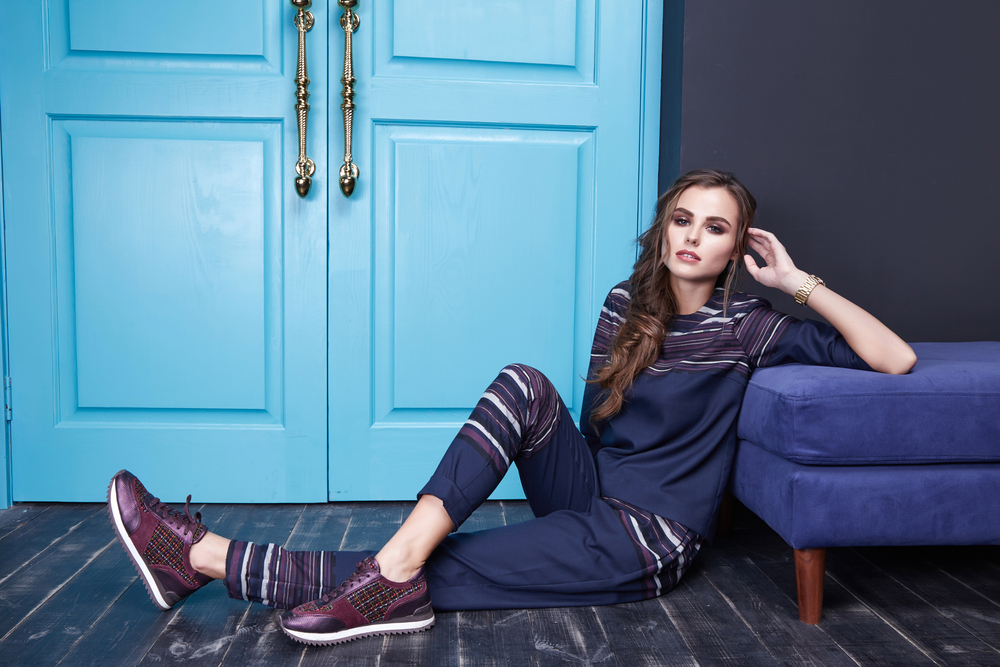When we think of modelling , our minds often drift towards glamorous runways, stylish photo shoots, and captivating magazine covers. But what lies beyond the dazzling surface of this world? What makes modeling an art form, and how does science play a role in shaping the industry? In this article, we will delve into the depths of modeling, unraveling its secrets and exploring its intricate connection between artistry and scientific methodology.
1. The Power of the Pose
At the heart of every great model's success lies the power of their pose. Through a combination of body language and expression, models communicate a story, a message, or a brand. These poses are meticulously crafted, with models and photographers working together to capture the perfect moment. It is here that art enters the scene, as models use their bodies as a canvas upon which they paint emotions, ideas, and visual narratives.
Behind the scenes, however, there is science at play. Models must master the art of body positioning, understanding how to create visually pleasing lines and angles that enhance their figure and convey a sense of elegance or strength. They work with photographers and art directors who understand the principles of composition, framing, and lighting, harnessing the power of these scientific techniques to create striking images that capture the audience's imagination.
2. The Fashion Equation
Fashion modeling is perhaps one of the most iconic forms of this art, with models strutting down runways adorned in breathtaking garments. Fashion designers, like scientists, carefully craft their collections, considering aesthetics, functionality, and trends. Models then become the living mannequins, showcasing these creations to the world.
The modeling industry thrives on collaboration between designers, stylists, makeup artists, and models. Like a scientific experiment, every element must work together harmoniously to produce a desired result – a visually stunning runway show or editorial spread. Models must adapt to the designer's vision, embodying the clothing, understanding the intended mood, and becoming a harmonious part of the larger fashion equation.
It is through this intricate dance of art and science that the world of fashion modeling flourishes, captivating audiences worldwide.
3. The Rise of Technological Innovations
The world of modeling is no stranger to technological advancements. In recent years, digital modeling has gained popularity, blurring the lines between reality and digital art. Through the use of complex algorithms and software, models are created virtually, allowing fashion designers to experiment with various looks and presentations before a single thread is sewn.
Simultaneously, technology has revolutionized the way models are scouted and hired. Online platforms have emerged, connecting aspiring models with industry professionals, eliminating geographical barriers, and democratizing the industry. This digital landscape, backed by data analytics and AI algorithms, has made the industry more inclusive and accessible – a blend of art and science bringing about a new era of modeling.

Frequently Asked Questions
Q1: How do models maintain their physique?
A1: Models maintain their physique through a combination of regular exercise, healthy eating habits, and lifestyle choices that prioritize physical fitness. They often work closely with personal trainers and nutritionists to create tailored routines.
Q2: Are there different types of modeling?
A2: Yes, there are various types of modeling, including fashion, editorial, commercial, fitness, and plus-size, among others. Each type caters to different requirements and markets.
Q3: Do models need to have a specific height or body type?
A3: While height and body type have traditionally been important in the fashion industry, there is an increasing focus on diversity and inclusivity. Therefore, there are opportunities for models of different heights, body types, and backgrounds in the industry.
Q4: How important is the role of social media for models?
A4: Social media has become a powerful platform for models to showcase their portfolio, connect with agencies and clients, and build their personal brand. It provides opportunities for exposure and can play a vital role in a model's career.
Q5: Are there any age restrictions for models?
A5: The modeling industry has seen increased diversity in recent years, including models of different ages. While certain segments, such as high fashion, may have specific age requirements, there are opportunities for models of all ages in various other sectors.
In conclusion, modeling is an art form that goes beyond its glamorous facade. Behind every pose, runway show, and fashion campaign lies a fusion of artistic expression and scientific methodology. The modeling industry thrives on collaboration, innovation, and the pursuit of aesthetically captivating results. It is this delicate balance between art and science that keeps the world of modeling ever-evolving and enchanting.
Other useful resources
- https://www.planetmodelphoto.com
- https://en.wikipedia.org/wiki/Category:Modeling_agencies
- https://en.wikipedia.org/wiki/Modeling_agency
- https://www.planetmodelphoto.com/models/modeling/usa/charlotte/nc-north-carolina